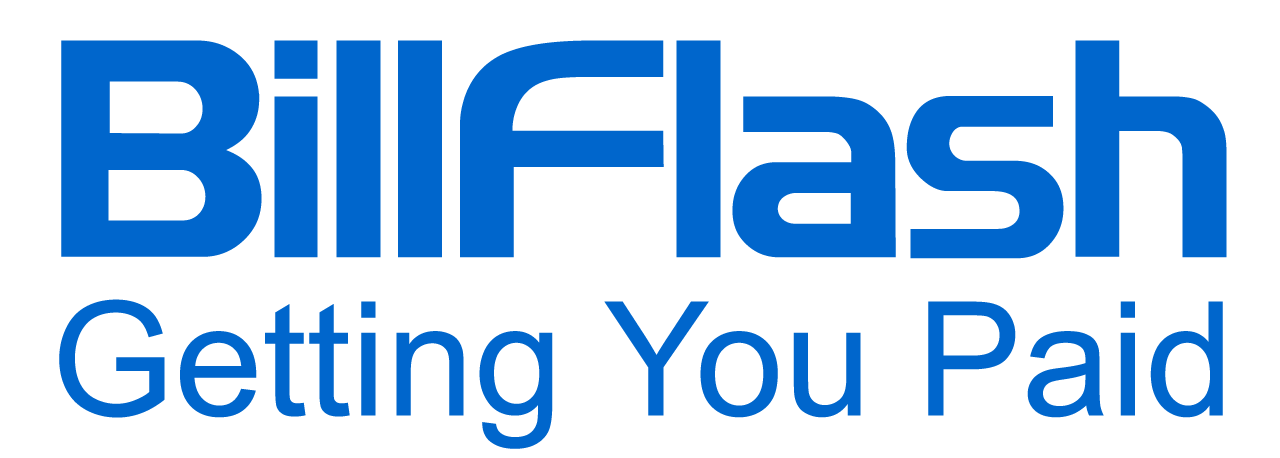This post explores factors that influence patients' propensity to pay and strategies that providers can use to improve their cash flow.
The trend of increasing patient responsibility for medical bills has put financial pressure on both healthcare providers and patients in recent years. High-deductible health insurance plans have become much more common, shifting a larger share of costs to patients. In 2022, 29% of employees with employer-sponsored health coverage were enrolled in a high-deductible health plan with a savings option, up from 28% the prior year according to recent surveys. With patients now bearing greater upfront costs, hospitals and health systems are dealing with rising bad debt levels as more patients struggle to pay their out-of-pocket portions. This is where the propensity to pay comes in to play.
Industry experts estimate bad debt could escalate further as pandemic-related Medicaid enrollment protections expire. Over half of healthcare CFOs surveyed cited self-pay collections as their top revenue cycle challenge today. Lost revenue, administrative costs, and margin erosion are impacting providers' bottom lines.
To maximize legitimate patient collections while improving the financial experience, providers need a better understanding of true patient financial liability based on the ability to pay. Evaluating the practical capacity to pay using financial profiling tools can provide more accurate insights compared to traditional credit-based assessments alone.
This blog post explores factors driving patients' ability to pay medical bills in today's high-deductible environment. We will also share recommendations on how providers can apply ability-to-pay insights across the revenue cycle. With the right technologies and processes, practices may be able to significantly improve cash flow while also enhancing patient financial experiences.
What Is Propensity to Pay?

Propensity to pay refers to a patient's likelihood and capacity to pay their medical bills. It indicates both their financial ability to pay, based on income, assets, and existing debt, as well as their willingness to prioritize healthcare bills over other expenses. Understanding propensity to pay allows medical practices to segment patients for targeted collection strategies based on payment potential. Patients get categorized into a high, medium, or low propensity to pay segments. Those less likely or able to pay require greater effort and prioritization in collections.
The propensity to pay for Patient A will not be the same for Patient B because it differs based on various socioeconomic factors. These include income, employment status, dependents, credit card or loan debt, health insurance coverage and benefits, past payment behavior, and personal priorities. When combined, these points paint a picture of a patient's motivations and circumstances impacting their healthcare payments.
However, today's uncertain financial environment remains a major challenge for those in need of medical care. This is particularly true for the nearly 30 million people who are uninsured in the U.S. and have to find other means to meet their payment obligations.
The Propensity to Pay Assessment Process
Accurately assessing propensity requires compiling data—from patients, insurance eligibility, credit reports, as well as public records.
Key steps include:
- Data Collection: Compile relevant patient financial/demographic data, insurance benefits, as well as payment history.
- Data Analysis: Analyze data using predictive analytics (machine learning and historical data predict out-of-pocket payment likelihood).
- Scoring: Patients get a propensity-to-pay score showing payment likelihood.
- Segmentation: Segment patients into propensity categories to prioritize collections.
Advanced analytics quantify payment likelihood consistently. Automated workflows streamline assessment and segmentation for follow-up. Technology also increases accuracy and efficiency—automating data collection/analysis while predicting and improving timely payments.
Why Propensity to Pay Matters in Collections
The use of propensity-to-pay data in collections has significant benefits for medical practices. It allows providers to prioritize and customize their collection strategies, leading to improved collection rates. This provides several key advantages:
- Improved liquidity: Prioritizing high-propensity patients improves cash flow critical for daily operations.
- Optimized staffing: Collection representatives can concentrate their efforts on high-yield accounts, eliminating the need for blanket calls.
- Personalized payment plans: Payment options can be customized to suit individual financial circumstances.
- Targeted collection strategies: Custom messaging and channels match patient behavior and needs.
- Enhanced forecasting: More predictable payment patterns also help better plan and budget.
- Lower costs: Automated segmentation reduces time spent on hard-to-collect accounts.
- Ethical practices: Evaluating propensity helps avoid overly aggressive tactics.
- Informed patient communication: Understanding circumstances enables more compassionate outreach.
Overcoming Challenges in Propensity to Pay Assessment
While critical for maximizing payments, evaluating individual propensity to pay also involves noteworthy challenges:
- Gathering Reliable Financial Information: Patients may be reluctant to share details or provide inaccurate information. Leveraging multiple third-party data sources helps fill gaps and overcome this.
- Making Sense of Complex Situations: Complicated factors make analysis time-consuming if not equipped with the right tools. However, automated analytics can simplify this process.
- Building Staff Skills with Care: Representatives need the training to conduct patient interviews effectively and ethically.
- Maintaining Legal and Ethical Practice: Scoring models must align with fair lending laws protecting patients.
- Allowing Room for Improvement: No model is going to be perfect from top to bottom. Continual enhancements are crucial as new data emerges.
- Earning Patient Trust: Scoring approaches could cause mistrust if not communicated transparently. Clear communication of the patient's benefits is important.
Ethical Considerations

The use of propensity-to-pay data in healthcare settings also raises several ethical implications that need to be carefully considered.
Implications of Using Propensity to Pay Data
The primary ethical concern revolves around the potential for discrimination. If propensity-to-pay data is used to prioritize or deprioritize care for certain individuals based on their ability to pay, it could lead to inequitable treatment. Healthcare should be a basic right, not a privilege reserved for those who can afford it.
Consequently, using this type of data to influence care decisions could be seen as a violation of the principle of justice, which requires that all individuals be treated fairly and equitably. There's also a chance that using this information might make people feel singled out or embarrassed if they are seen as less likely to be able to pay. This could potentially dissuade them from seeking necessary medical care.
Importance of Patient Privacy and Data Security
Patient privacy and data security are paramount in any healthcare setting. When dealing with propensity-to-pay data, these concerns become even more significant. This type of data often includes sensitive financial information that could be damaging if it were to fall into the wrong hands.
Therefore, healthcare providers must ensure that they have robust data security measures in place to protect this information from potential breaches. This includes encrypting the data, restricting access to only those who need it, and regularly monitoring and auditing their systems for any signs of unauthorized access or other security threats.
Healthcare providers must also respect patient privacy by being transparent about how they collect and use propensity-to-pay data. Patients should be informed about what data is being collected, why it's being collected, how it will be used, and who will have access to it. They should also have the right to opt out of having their data collected or used in this way.
Personalizing Payment Plans
A major advantage of propensity-to-pay assessment is the ability to create tailored payment plans that work for each patient's unique situation. For patients with a high propensity, practices may offer minimal or no discounts along with shorter payment terms. Those struggling to pay their bills may qualify for discounts, long-term plans, as well as personalized assistance options.
Payment plans can also be calibrated to income frequency such as weekly payments for wage earners or monthly installments for those paid that way. Automated payment scheduling aligned with individual budgets improves adherence. The flexibility to offer customized payment options makes paying medical bills less stressful for patients. It accelerates payments by matching terms to patients' cash flow.
Upfront patient financing also becomes easier to qualify patients for based on their propensity to pay off balances.
Measuring Success With Propensity to Pay
Implementing propensity-to-pay models provides powerful insights, but practices must also carefully track key metrics to ensure they are translating into better financial performance.
Key metrics to establish benchmarks and measure success include:
- Collection rate by propensity segment: Breaking down collection rate performance by high/medium/low propensity tiers indicates if segmentation is improving yield.
- Accounts receivable days by segment: Monitoring changes in how quickly different segments pay bills shows if prioritization is working.
- Patient payment plan set up and adherence rates: Tracking patients' willingness to make and ability to maintain personalized payment plans based on propensity data.
- Accuracy of propensity scoring: Regularly sampling and auditing propensity model outputs ensures continued precision.
- Net collection rate: Measuring overall collection performance net of concessions and deductions.
- Bad debt and denials reduction: Tracking decreases in write-offs confirm the positive impact.
- Forecasting accuracy: Comparing actuals to projections quantifies improvements in predictability.
Ongoing analysis of performance data is crucial to identify areas for improvement. Leading practices also regularly benchmark against industry standards to identify gaps. Comparing metrics before and after implementing a propensity-to-pay approach quantifies the bottom-line impact.
Advanced revenue cycle management platforms make such measurement seamless. Strong reporting provides actionable insights to continuously refine collections driven by propensity scoring.
Unlock Revenue Cycle Performance Gains Through BillFlash

In the realm of medical practice management, addressing past-due accounts receivable is often a complex and challenging task. However, for those seeking a more efficient approach to revenue cycle management, BillFlash offers a streamlined solution. By seamlessly blending technology and expertise, BillFlash Integrated Collections helps medical practices recover overdue payments more effectively. The Recovery Specialists at BillFlash have licenses in all 50 states and will handle all aspects of collections follow-up—allowing you to focus on providing exceptional care to your patients.
If you're grappling with unpaid bills and looking to enhance your practice’s financial stability, schedule a demo today to gain a deeper understanding of how BillFlash Integrated Collections can positively impact your practice's revenue cycle management.

